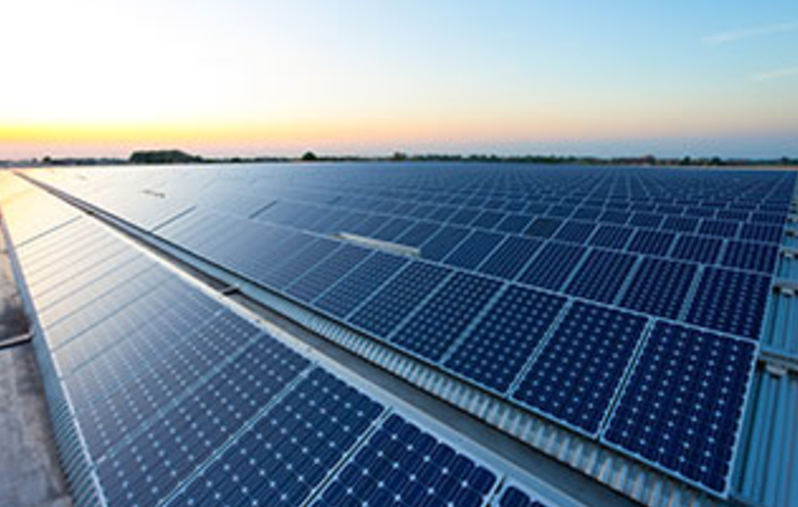Utility-scale PV projects that are located in China’s Class 1 solar resource region will qualify for a new FIT rate of CNY 0.55/kWh, said the National Development and Reform Commission (NDRC) this week. Installations in the country's Class 2 and 3 regions will be eligible for revised FIT rates of CNY 0.65/kWh and CNY 0.75/kWh, respectively.
The NDRC said that the new rate for distributed-generation (DG) solar projects will be CNY 0.37/kWh, which is about CNY 0.05/kWh lower than the current rate. However, the FIT rate will remain the same for all solar projects built under the Chinese government’s program to alleviate poverty in rural areas, at CNY 0.42/kWh.
Frank Haugwitz, director of Asia Europe Clean Energy (Solar) Advisory (AECEA), says the new FITs are “better than anticipated.” The new rates are on average between 12% and 15% lower than the current rates for utility-scale PV projects. AECEA had initially expected an average reduction of between 18% and 20%.
The NDRC also said it would reduce on-grid tariffs in some parts of the country, in line with declining costs and technological improvements. For PV projects approved by the end of this year, developers will be able to qualify for the government’s current FIT rates if they complete their installations before June 30, 2018.
Popular content
China built roughly 43 GW of solar capacity in the first nine months of this year, up sharply from the 34.5 GW that was installed in all of 2016, according to Bloomberg New Energy Finance (BNEF). Last month, BNEF said that the country may be on track to install up to 54 GW of PV in 2017.
China's cumulative solar capacity stood at 77.8 GW at the end of 2016, according to the International Renewable Energy Agency (IRENA). However, the Chinese government's official 2020 installation target of 105 GW remains in place.
Earlier this week, the National Energy Administration (NEA), an entity under the NDRC, revealed plans to monitor solar projects. The new program is designed to help shift investment away from parts of the country where solar curtailment is a problem.
This content is protected by copyright and may not be reused. If you want to cooperate with us and would like to reuse some of our content, please contact: editors@pv-magazine.com.


By submitting this form you agree to pv magazine using your data for the purposes of publishing your comment.
Your personal data will only be disclosed or otherwise transmitted to third parties for the purposes of spam filtering or if this is necessary for technical maintenance of the website. Any other transfer to third parties will not take place unless this is justified on the basis of applicable data protection regulations or if pv magazine is legally obliged to do so.
You may revoke this consent at any time with effect for the future, in which case your personal data will be deleted immediately. Otherwise, your data will be deleted if pv magazine has processed your request or the purpose of data storage is fulfilled.
Further information on data privacy can be found in our Data Protection Policy.